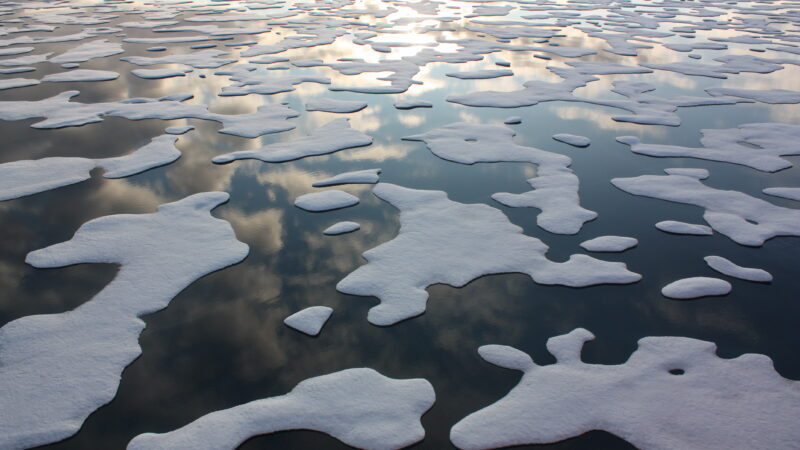
Chad Thackeray and Alex Hall in University of California News: Arctic Ocean could be ice-free for part of the year as soon as 2044
According to a new study by Chad Thackeray and Alex Hall, human-caused climate change is on track to make the Arctic Ocean functionally ice-free for part of each year starting sometime between 2044 and 2067.
